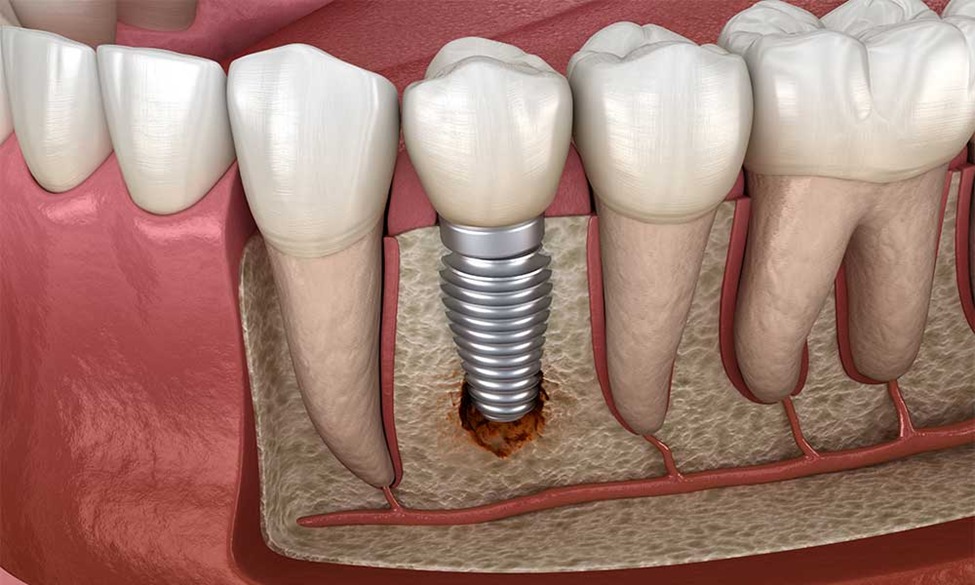How Science Reduces Farming’s Impact on Nature

Farming has been a fundamental part of human civilization for thousands of years, providing sustenance and livelihoods. However, traditional farming practices often come at the cost of nature, with adverse impacts on ecosystems, biodiversity, and the environment. In recent decades, science has played a pivotal role in transforming agriculture into a more sustainable and eco-friendly endeavour. This article explores how science has been instrumental in reducing farming’s impact on nature, with a focus on the innovative use of bioscience products.
Precision Agriculture
One of the significant contributions of science to sustainable farming is the development of precision agriculture techniques. Precision agriculture involves the use of advanced technologies such as GPS, drones, and sensors to optimize farming practices. By precisely monitoring and managing various aspects of farming, such as irrigation, fertilization, and pest control, farmers can minimize resource wastage and environmental harm.
For instance, GPS-guided tractors can ensure that fields are ploughed and planted with utmost accuracy, reducing soil erosion and fuel consumption. Drones equipped with thermal cameras can identify areas with pest infestations or nutrient deficiencies, allowing for targeted treatments instead of widespread pesticide application. These technologies not only increase farm efficiency but also reduce the overall environmental impact of agriculture.
Sustainable Crop Breeding
The world’s population continues to grow, and so does the demand for food. To meet this demand without further harming the environment, scientists have developed sustainable crop breeding techniques. Traditional crop breeding often involves the use of chemical fertilizers and pesticides, which can have detrimental effects on ecosystems. However, through the use of bioscience products like genetically modified organisms (GMOs), researchers have developed crops that are more resilient, pest-resistant, and capable of thriving in adverse conditions.
GMOs, for instance, can reduce the need for chemical pesticides as they inherently possess resistance to specific pests. Additionally, drought-resistant crops can thrive in regions with water scarcity, reducing the pressure on water resources. These innovative crop breeding methods not only increase food production but also minimize the environmental footprint of agriculture.
Soil Health Management
Healthy soil is the foundation of sustainable farming, but conventional agricultural practices often degrade soil quality over time. To address this issue, science has delved into soil health management. Researchers have developed bioscience products like biofertilizers and microbial additives that enhance soil fertility naturally.
Biofertilizers contain beneficial microorganisms that help fix nitrogen, release essential nutrients, and improve soil structure. These products reduce the reliance on synthetic fertilizers, which can lead to nutrient runoff and water pollution. By nurturing soil health, farmers can boost crop yields while preserving the integrity of the surrounding ecosystems.
Integrated Pest Management
Pesticides have long been a double-edged sword in agriculture, providing protection against pests while posing risks to non-target organisms and the environment. Science has stepped in with an innovative approach known as integrated pest management (IPM). IPM combines biological, cultural, and chemical methods to control pests effectively while minimizing ecological harm.
One key component of IPM is the use of biological controls, such as predatory insects or nematodes, to manage pest populations. These natural enemies help keep pest numbers in check without the need for excessive chemical intervention. Additionally, science has developed bioscience products like pheromone traps and genetically modified crops that emit pheromones to disrupt pest mating patterns, reducing the need for chemical pesticides.
Sustainable Livestock Farming
Farming doesn’t revolve solely around crops; livestock farming also plays a significant role in agriculture’s impact on nature. Science has made strides in promoting sustainable livestock practices that reduce environmental harm. For example, the use of bioscience products like probiotics and prebiotics can enhance animal health, reduce the need for antibiotics, and improve the efficiency of livestock production.
Furthermore, research into alternative protein sources, such as cultured meat and insect farming, offers eco-friendly alternatives to traditional livestock farming. These innovations aim to lessen the environmental footprint of meat production while meeting the global demand for protein.
Conclusion
Science has ushered in a new era of sustainable farming, where the goal is to reduce agriculture’s impact on nature while ensuring food security for a growing population. Through precision agriculture, sustainable crop breeding, soil health management, integrated pest management, and sustainable livestock farming, bioscience products and innovative technologies have transformed the agricultural landscape.
As we continue to navigate the challenges of feeding the world’s population without depleting our natural resources, science remains an essential partner in this endeavour. By embracing science-backed solutions and investing in research and development, we can further reduce farming’s impact on nature and create a more sustainable and harmonious relationship between agriculture and the environment.




